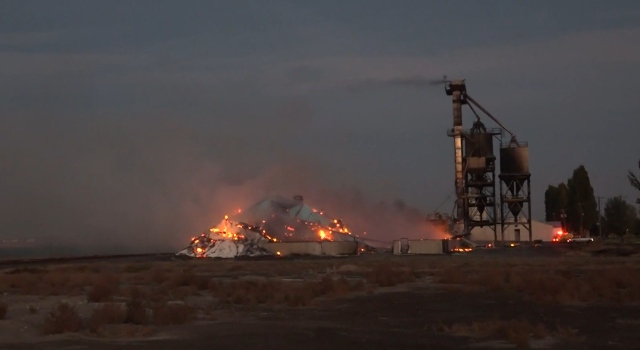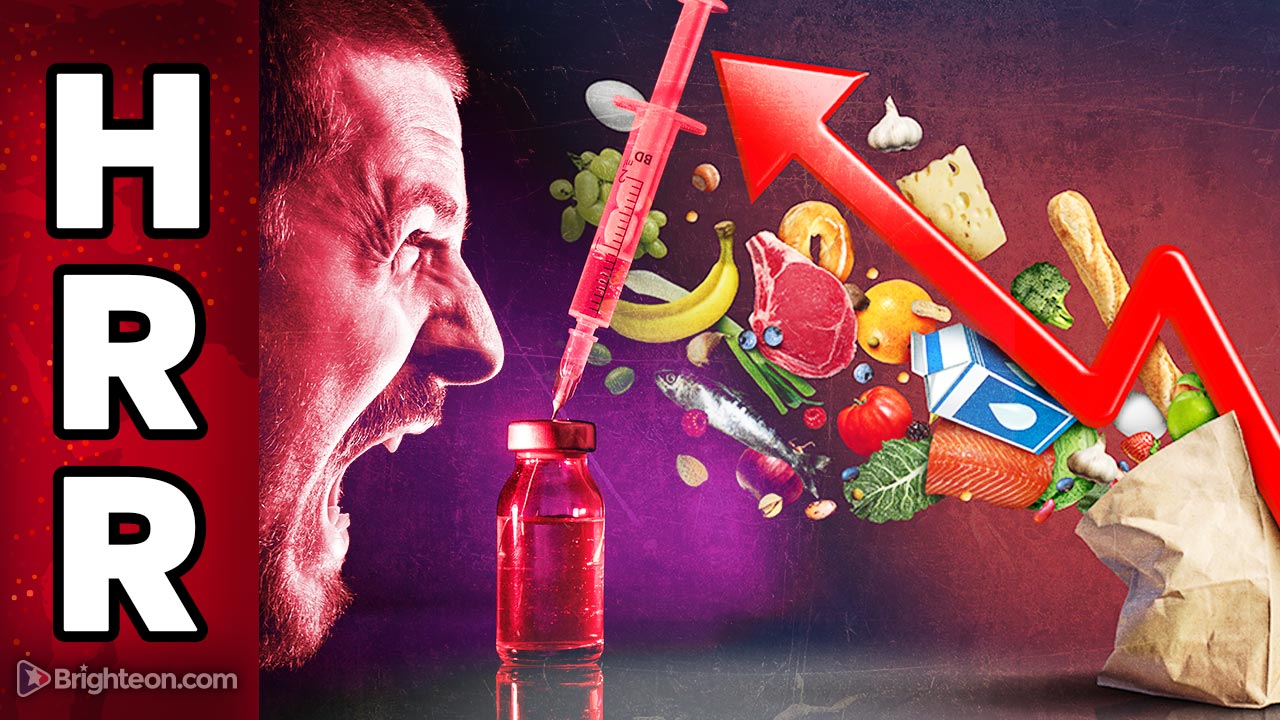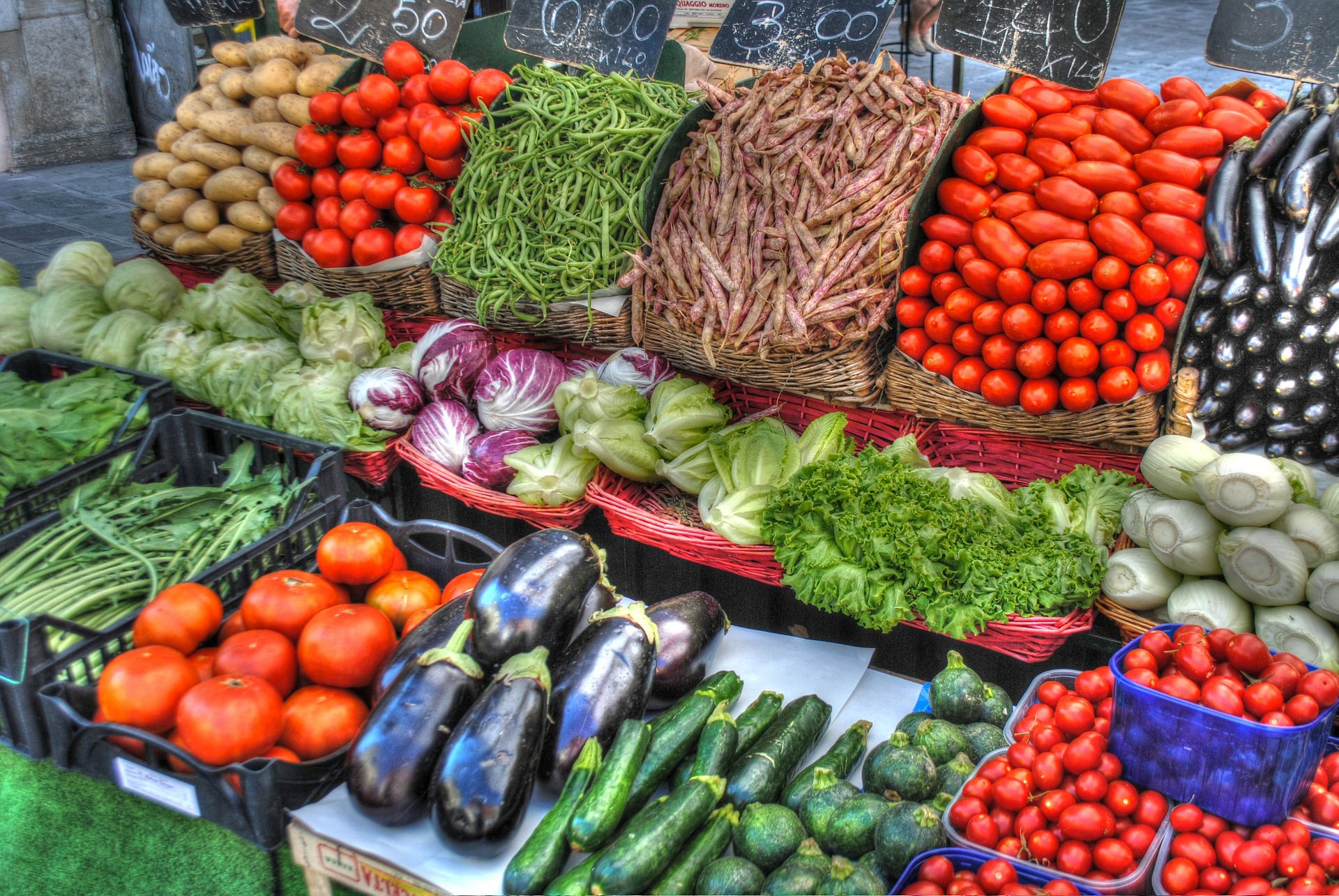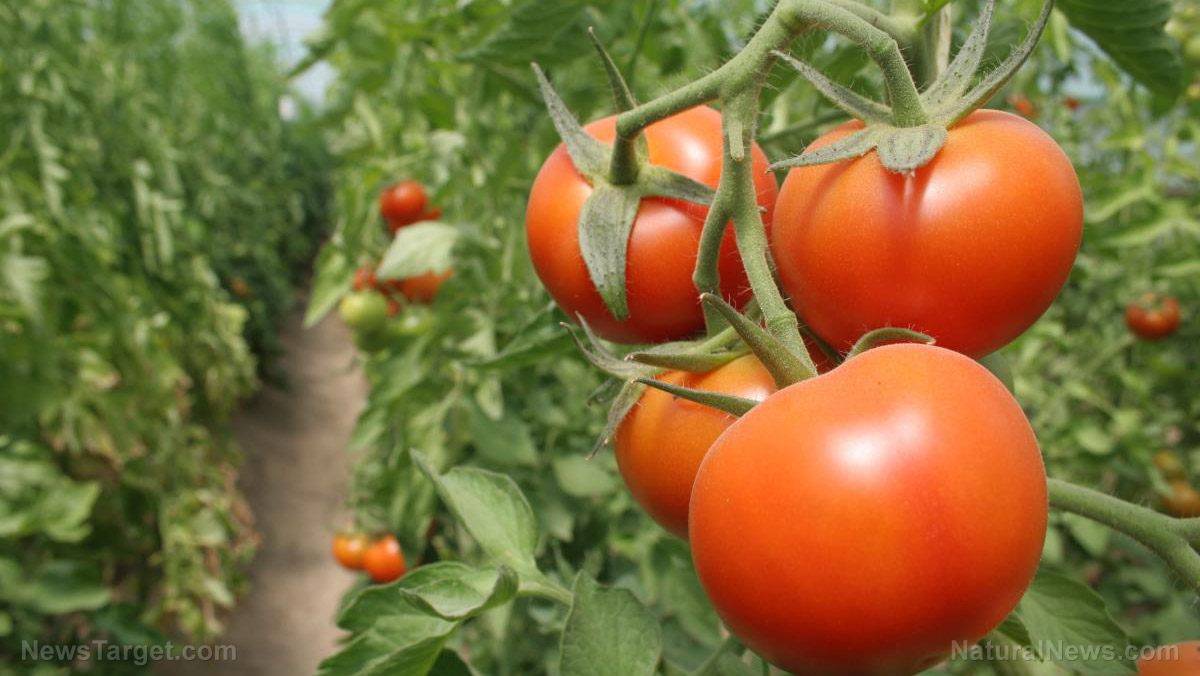Food inflation continues: Bread prices in Europe soar due to higher energy, ingredient costs
10/26/2022 / By Mary Villareal
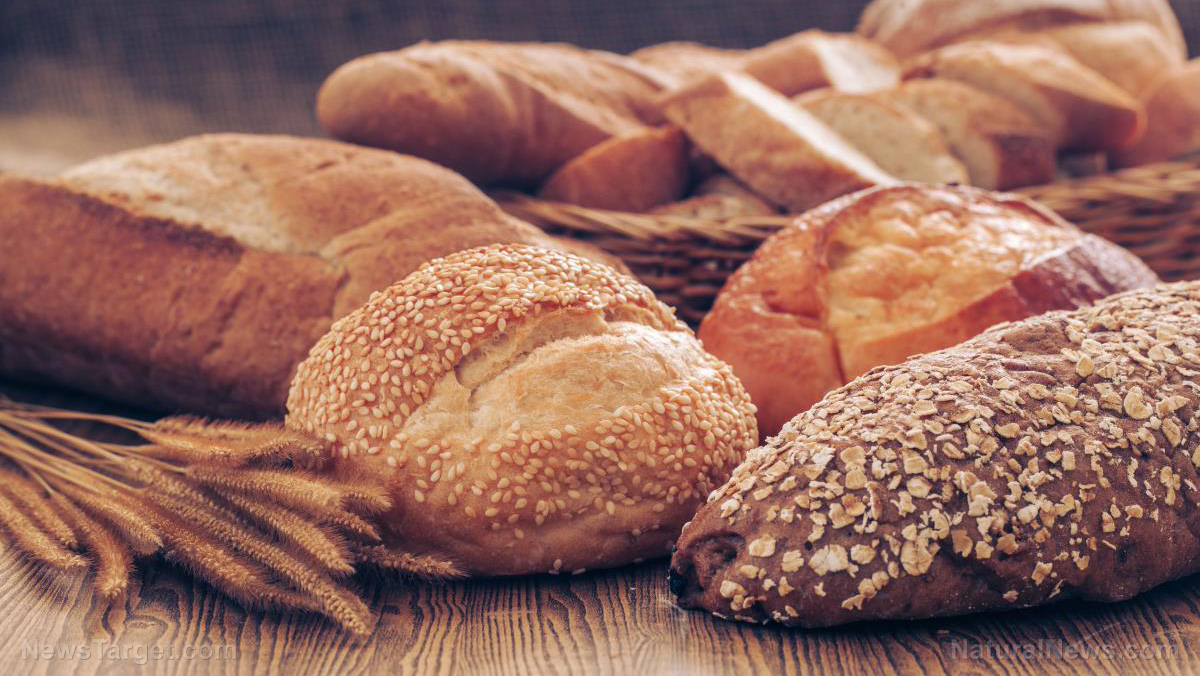
Bakeries across Europe have increased prices of their breads, with many of them attributing it to skyrocketing costs of energy and ingredients.
In France, the price of wheat in the country’s central region increased by over 30 percent. Non-edible factors such as the cost of electricity and the price of paper used for flour sacks also skyrocketed, contributing to higher bread prices.
Julien Bourgeois, owner of the flour miller Moulins Bourgeois, urged the 1,000 bakeries he supplies with flour to mark up the cost of their French baguettes by €0.10 ($0.10) to offset the higher costs he has to pass along. Currently, baguettes are sold between €1.00 ($1.00) and €1.30 ($1.29) a piece. The iconic breads already cost over eight percent more than they did a year ago.
He remarked that while consumers can afford to pay more now, prices will continue to rise – a “worrisome” development in his own words. Bourgeois could not help but draw parallels to the French Revolution, which was sparked by the price of bread.
The inflation in food prices also affects neighboring Germany, with bread prices there shooting up by more than 18 percent in a year. Overall inflation in the country was at 10.9 percent in September 2022.
Berlin-based bakery Fine Bagels raised the prices of their New York-style bagels from €1.10 ($1.10) to €1.20 ($1.19), to much consternation from their customers. Bakery employee Alice Zuza said there was a debate at the bakery over the matter as the owners did not want to raise prices. However, the owners of Fine Bagels did not have a choice in the end. (Related: Bakery owners in Germany protest sky-high energy bills amid worsening energy crisis in Europe.)
Those near to the war zone saw the highest increases in bread prices. Hungary saw the cost of the basic bread loaf surge by 77 percent in September compared to a year ago. Other nations such as Croatia, Estonia, Latvia, Lithuania, Poland and Slovakia also saw their bread prices soar by over 30 percent.
It’s not just bread, however. Prices for the most essential food staples have skyrocketed to almost 19 percent compared to the previous year, which is the fastest rise on record.
Russia-Ukraine war has massive repercussions on the food supply
Industrial bakeries have also been affected by rapidly rising costs. Major European supermarkets selling huge quantities of bread have had to keep their prices artificially low to lure clients. But in spite of how much they haggle with suppliers over the costs of ingredients, continued food inflation has forced them to mark up their prices.
Johan Sanders, president of the Fedima baking industry trade union, said: “This is the first time in many years that we’ve seen inflationary effects in staple foods. It’s daunting because it’s there to stay, and it will be difficult to deflate prices.”
Food producers are also taking a hit. Switzerland-based food giant Nestle announced that it also increased prices by 9.5 percent in the third quarter compared to the same period last year.
All this boils down to the conflict between Moscow and Kyiv. It drove up prices for commodities such as grains, oilseeds and fertilizers. Moreover, Russia’s willingness to use energy as a weapon against Ukraine’s allies proved to be effective – hitting bakers that rely on electricity and natural gas to fire their ovens.
Visit FoodCollapse.com for more about the rising bread prices in Europe and other places.
Watch Health Ranger Mike Adams discuss worsening food inflation and more in the video below.
This video is from the Katy Odin channel on Brighteon.com.
More related stories:
Wheat prices soar in countries dependent on Eastern Europe for grain.
A loaf of wheat bread may soon cost $23 due to skyrocketing food price inflation.
Sources include:
Submit a correction >>
Tagged Under:
bread prices, chaos, economics, economy, energy costs, Europe, food collapse, food inflation, food supply, grocery, Inflation, ingredients, panic, power, price increase, products, starvation, supply chain crisis
This article may contain statements that reflect the opinion of the author
RECENT NEWS & ARTICLES
COPYRIGHT © 2017 STARVATION NEWS

